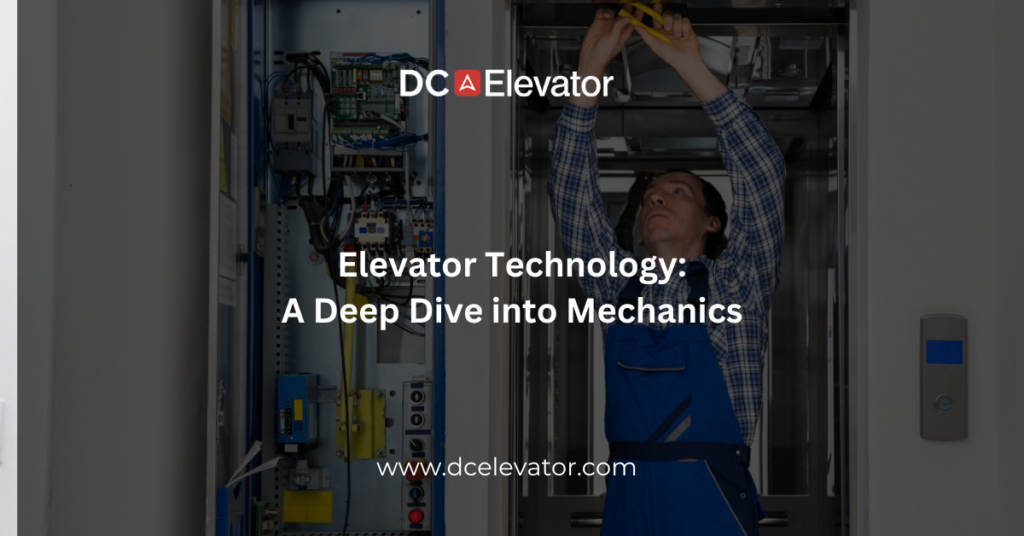Elevators, often taken for granted in our daily lives, are intricate mechanical wonders that seamlessly transport us vertically through buildings. In this deep dive into elevator technology, we unravel the mechanical marvels that power these indispensable devices, exploring the inner workings that make the ascent and descent a smooth and reliable experience.
1. The Pulley System: Lifting the Weight of Vertical Transport
At the heart of elevator mechanics lies the pulley system, a fundamental mechanism that facilitates the movement of the elevator car. Pulleys, often driven by an electric motor, distribute the weight of the car and its occupants, ensuring a controlled ascent or descent. Understanding the intricacies of pulley configurations sheds light on the efficiency of modern elevator systems.
2. Counterweights: Balancing the Equation
To achieve optimal energy efficiency, elevators employ counterweights that balance the load of the car. As the car ascends, the counterweight descends, and vice versa, mitigating the power required to move the elevator. This ingenious balancing act not only conserves energy but also contributes to the overall safety and stability of the system.
3. Guide Rails: Providing Stability and Precision
Guiding the elevator car’s movement are meticulously designed guide rails. These vertical tracks ensure stability and precision, preventing lateral movement and guaranteeing that the car travels smoothly between floors. The materials and engineering behind guide rails play a crucial role in enhancing the overall safety and reliability of the elevator.
4. Safety Brakes: Emergency Guardians
In the event of a power outage or malfunction, safety brakes act as the guardians of the elevator system. These brakes engage automatically to halt the car, preventing uncontrolled movement and ensuring the safety of passengers. The reliability and responsiveness of safety brakes are paramount, making them a critical component in elevator design.
5. Control Systems: Orchestrating the Vertical Symphony
Modern elevators rely on sophisticated control systems to orchestrate the entire vertical journey. From floor selection and door operation to speed regulation and emergency protocols, these systems integrate cutting-edge technology to provide a seamless and user-friendly experience. Exploring the role of control systems unveils the digital intelligence that governs the elevator’s every move.
6. Hydraulic Systems: Powering Short to Mid-Rise Ascensions
In contrast to the pulley-driven traction systems, hydraulic systems power elevators in shorter and mid-rise buildings. Hydraulic fluid, typically oil, transmits force to a piston, lifting the elevator car. Understanding the mechanics of hydraulic systems sheds light on their specific applications and advantages in different architectural contexts.
7. Machine Room-Less (MRL) Elevators: Compact and Efficient Solutions
A leap in elevator technology is the advent of Machine Room-Less (MRL) elevators, where traditional machine rooms are eliminated, and components are integrated into the shaft structure. Exploring MRL technology unveils how elevators can be designed to maximize space efficiency and streamline installation processes.
In conclusion, the mechanics behind elevators are a symphony of precision engineering, intelligent control, and safety features. This deep dive into elevator technology illuminates the inner workings of these mechanical marvels, showcasing the synergy of various components that ensures a reliable, efficient, and safe vertical journey. Join us as we journey through the labyrinth of elevator mechanics, appreciating the complexity that makes each ascent and descent a marvel of modern engineering.
